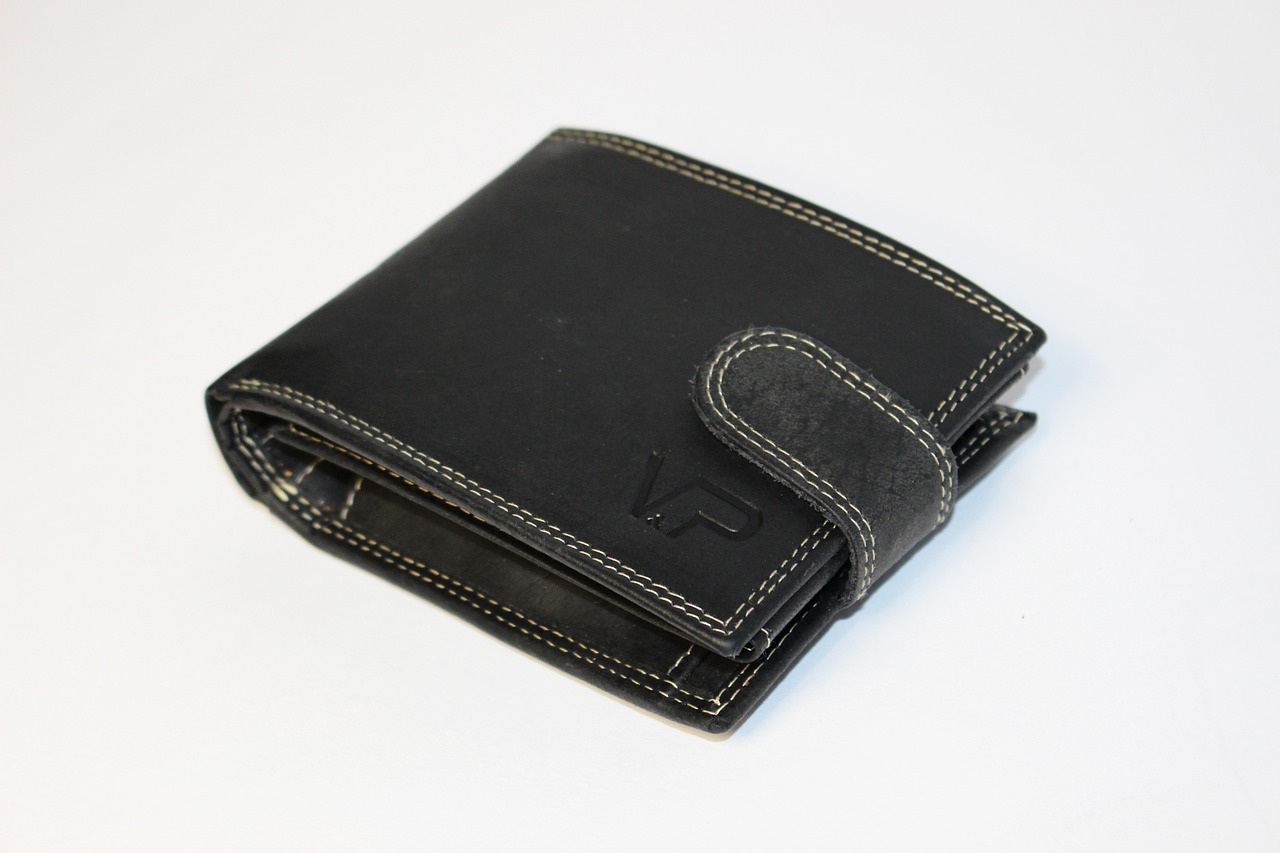Ever notice that extra bit of money that shows up in your bank account a few times a year? That might be the GST/HST credit. It’s a tax-free payment that helps Canadians with low and modest incomes deal with the sales taxes they pay on almost everything they buy.
But there’s more to it than just free money! I’ve compiled a list of 12 key facts about the GST/HST credit that I think everyone should know. While this benefit isn’t much, it can help with the ever-increasing costs of goods in today’s inflationary economy.
It’s automatic if you file taxes

You don’t need to complete a special form to get the GST/HST credit. When you do your taxes each year, the government looks at your income and decides if you qualify. They use your tax return information to determine if you should get the credit and how much. So, just by doing your taxes, you automatically apply for the credit.
Payments come four times a year

The GST/HST credit doesn’t come every month. Instead, you get it four times a year. The payments usually come in July, October, January, and April.
The amount depends on your family size

How much you get depends on how many people are in your family. If you’re single, you’ll get less than if you have kids. The government gives more money to families with children because they usually spend more on things that have sales tax. So, if you have kids, you might get a bigger credit to help with those extra costs.
Your income affects the amount

The GST/HST credit is meant to help people with low and modest incomes. The more money you make, the less credit you get. If you make too much money, you might not get any credit at all. The government looks at your family income from the previous year to decide how much you should get. It’s like a sliding scale – as your income goes up, your credit goes down.
You need to be a resident of Canada

To get the GST/HST credit, you need to live in Canada. You don’t have to be a Canadian citizen, but you do need to be a resident for tax purposes. This means if you’re a new immigrant or a temporary resident, you might still qualify.
The credit is tax-free

Here’s some good news – you don’t have to pay taxes on the GST/HST credit! When you get this money, it’s all yours to keep. You don’t need to report it as income when you do your taxes.
You can get an estimate online

If you’re curious about how much GST/HST credit you might get, you can check online. The government has a calculator on their website where you can put in your information and get an estimate.
The credit amount changes each year

The government looks at the cost of living each year and might change how much GST/HST credit people get. This is called indexing. It means the amount can go up a little bit to keep up with rising prices.
You can get it even if you don’t pay GST/HST

Some people think you only get the GST/HST credit if you pay a lot in sales tax. But that’s not true! You can still get the credit even if you don’t buy many things or live somewhere with lower sales tax. The government gives it based on your income, not on how much tax you actually pay. It’s meant to help offset the cost of sales tax in general.
You need to keep your information up to date

If your situation changes, like getting married, having a baby, or moving, you need to tell the government. These changes can affect how much GST/HST credit you get. You can update your information online or by calling Service Canada.
There’s a supplement for single people

If you’re single and don’t have kids, you might get a little extra money. This is called the single supplement. You can get this extra bit if you’re 19 or older and your income is below a certain amount.
The credit can be split for shared custody

If you’re separated or divorced and share custody of your kids, you can split the GST/HST credit. Each parent can get half of the credit for the children. This way, both parents get some help with the costs of raising the kids. You’ll need to tell the government about your custody arrangement.
16 Bad Habits To Break For A More Frugal Lifestyle

16 Bad Habits To Break For A More Frugal Lifestyle
10 Canadian History Facts That’ll Surprise You

Maple Leaf Myths: 10 Canadian History Facts That’ll Surprise You